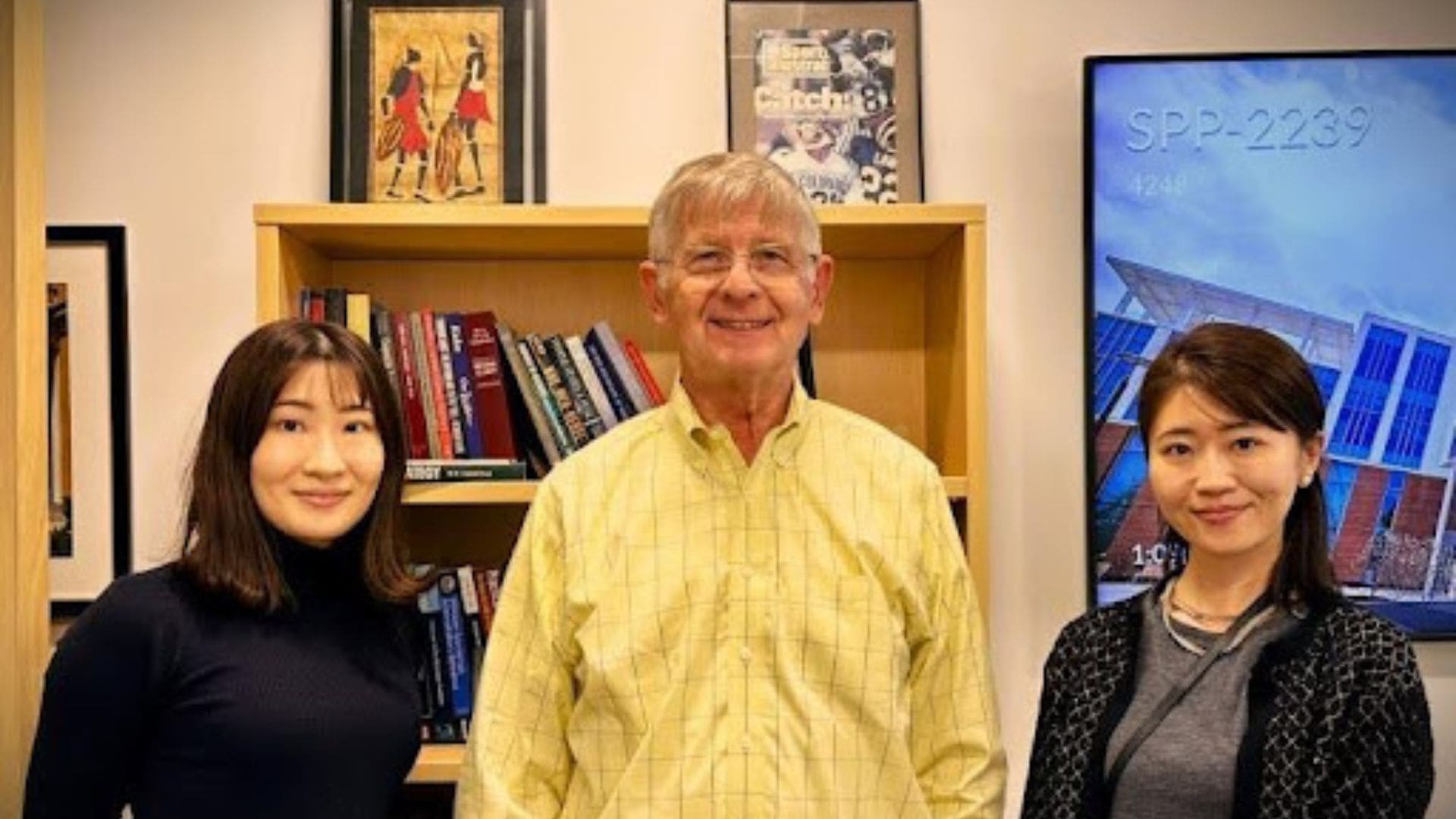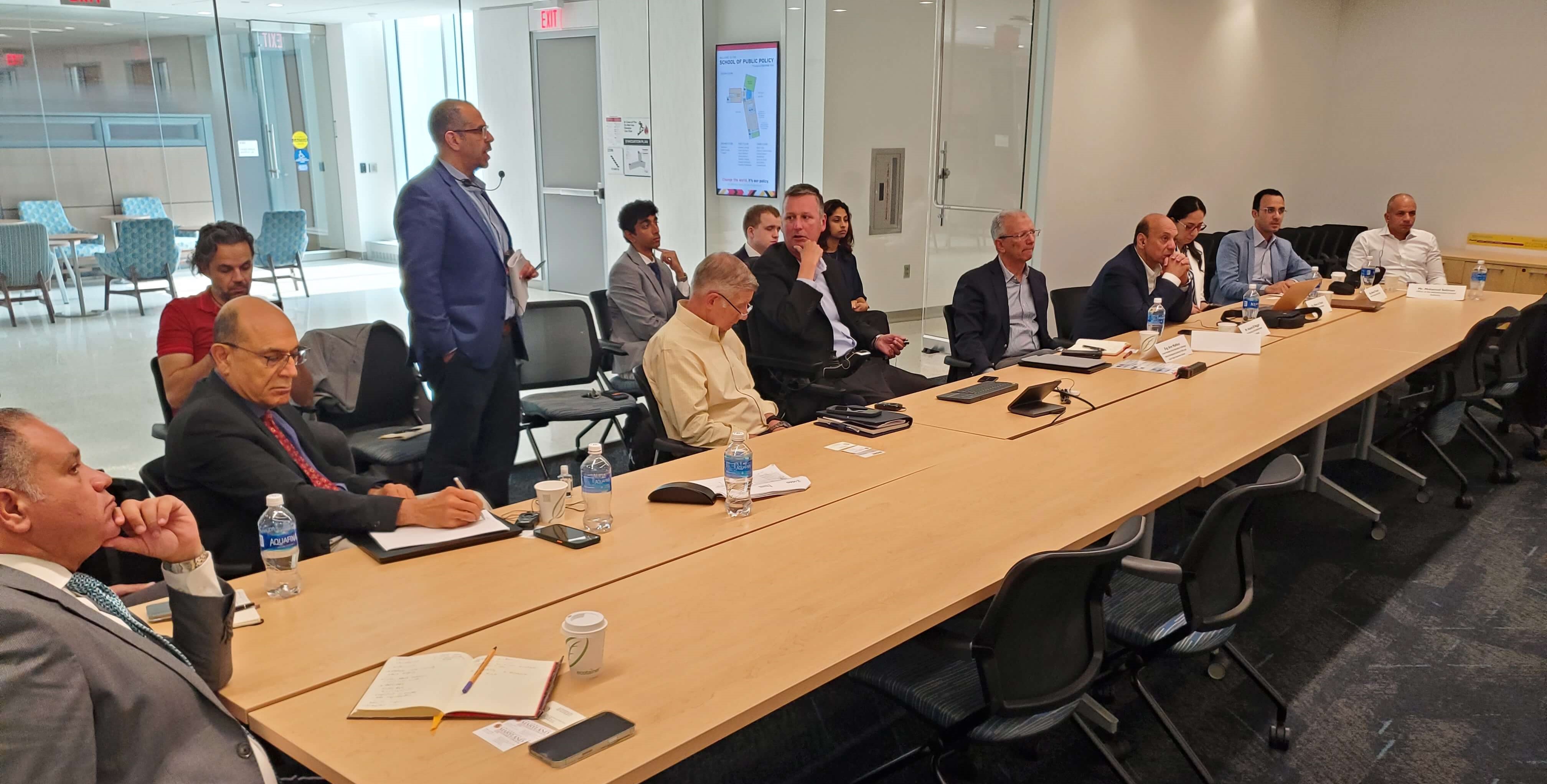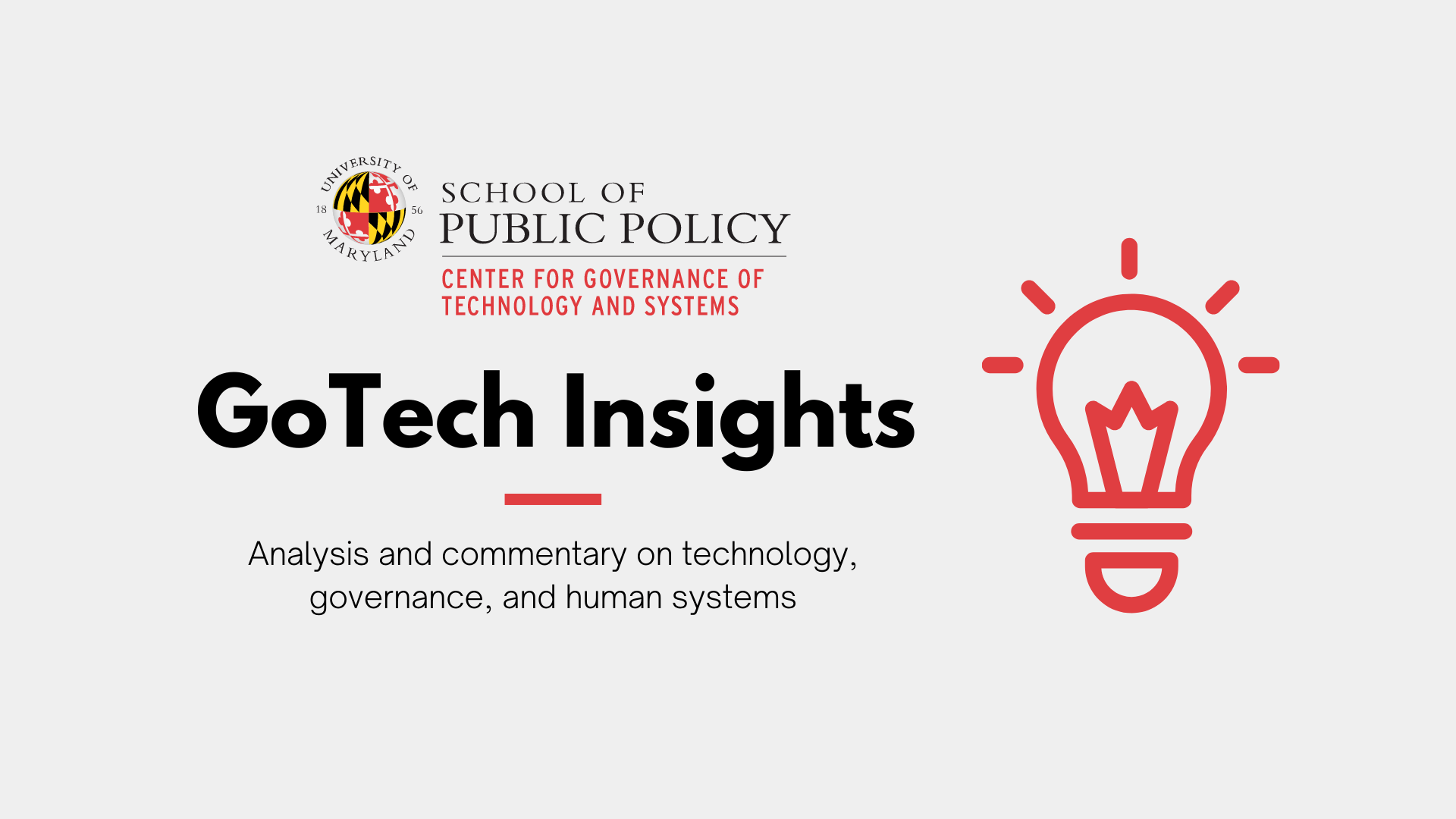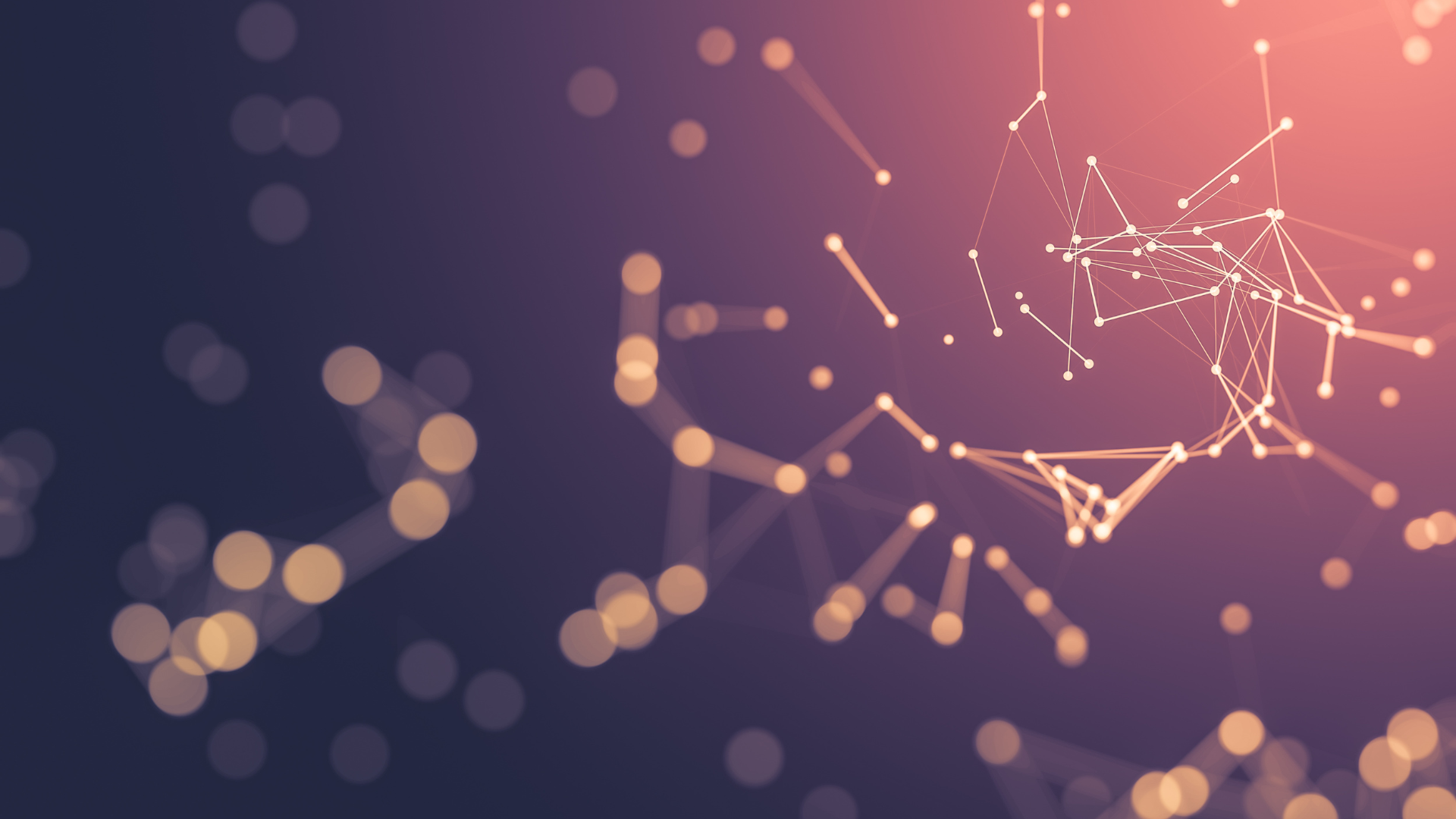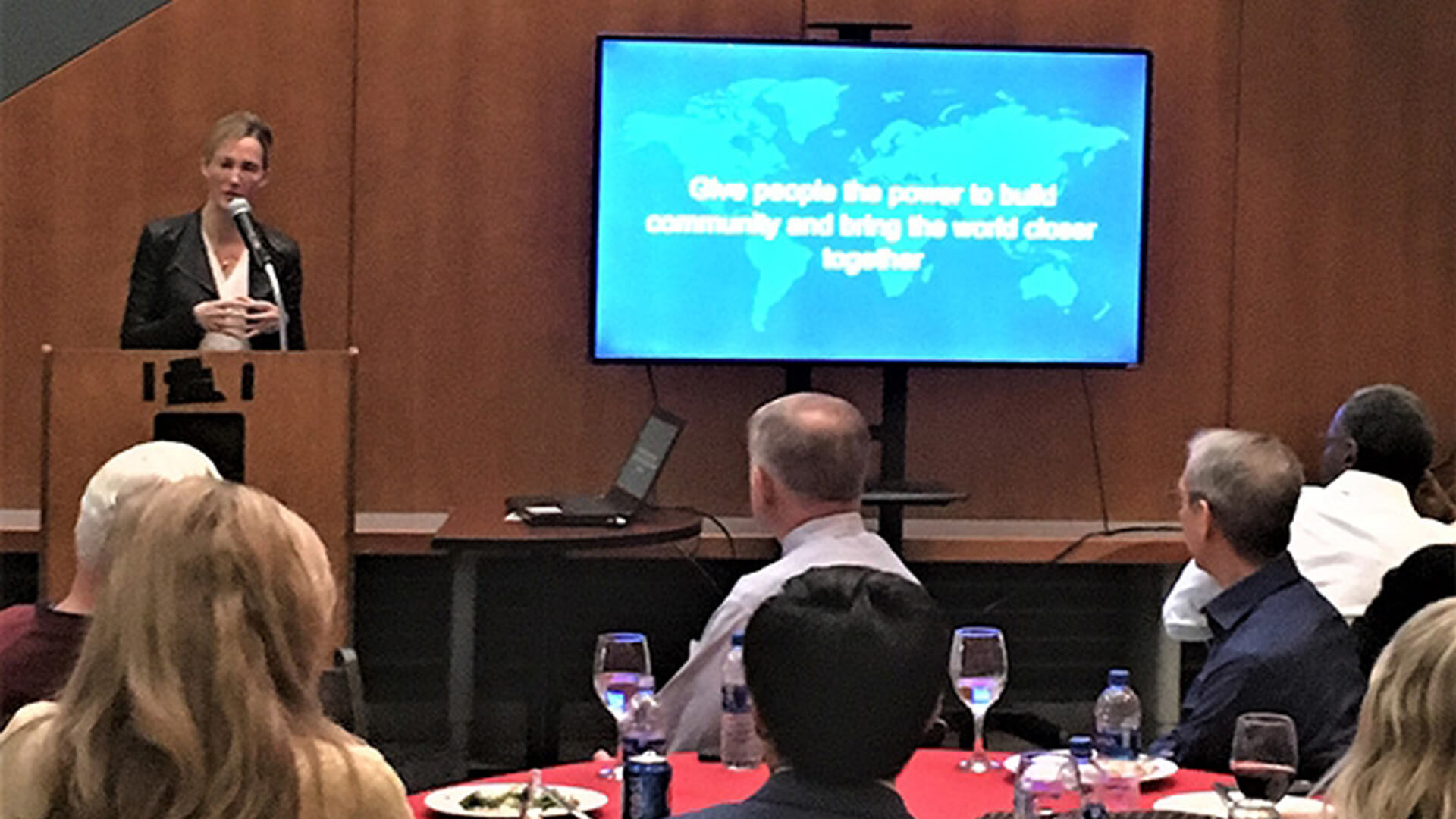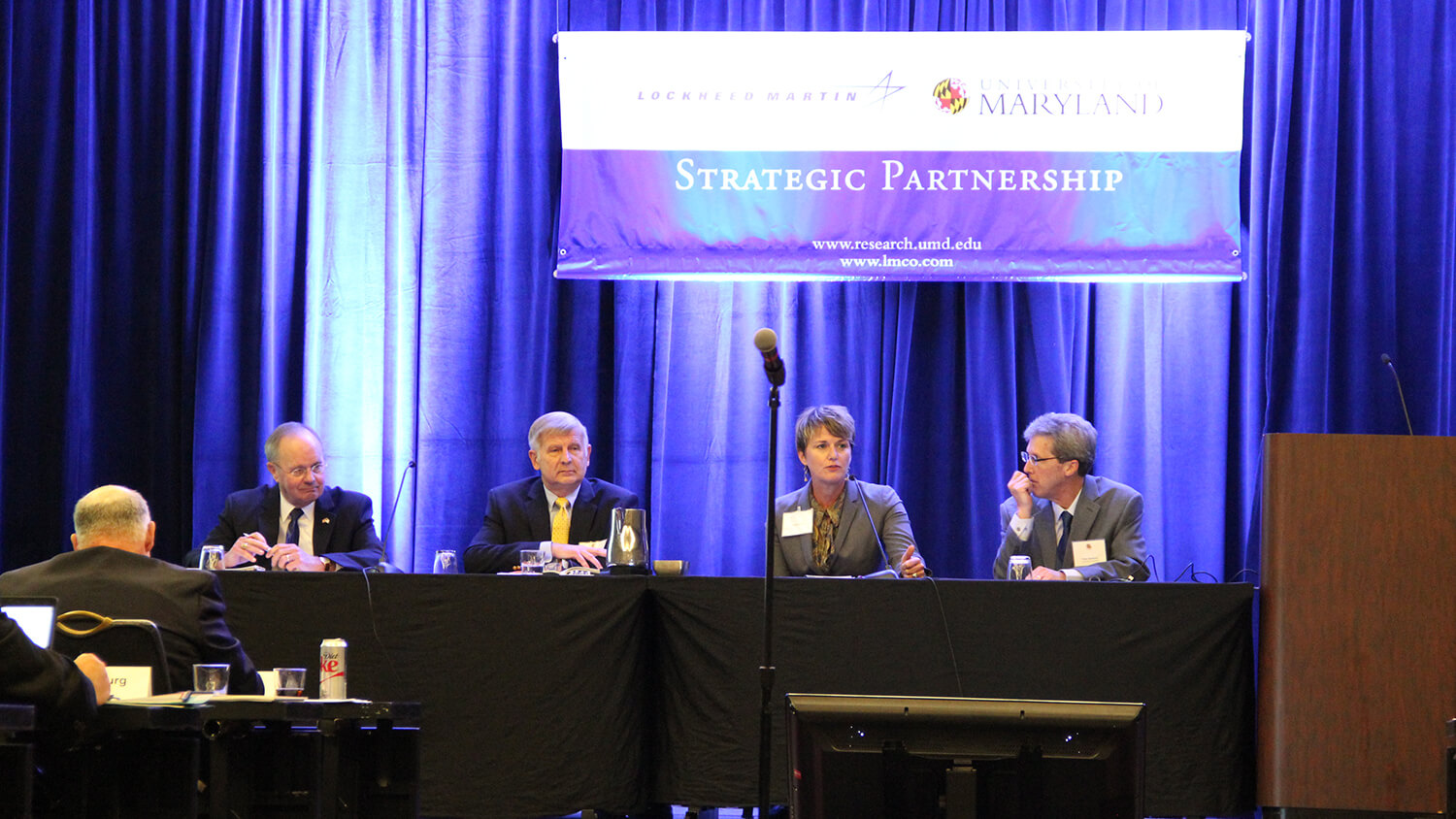William Lucyshyn is a research professor and the director of research at the Center for Governance of Technology and Systems, in the School of Public Policy, at the University of Maryland. In this position, he directs research on critical policy issues related to the increasingly complex problems associated with improving public sector management and operations, and how government works with private enterprise. He has authored numerous reports, book chapters, and journal articles. Previously, Lucyshyn served as a program manager and the principal technical advisor to the director of the Defense Advanced Research Projects Agency (DARPA) on the identification, selection, research, development, and prototype production of advanced technology projects. Prior to that, he was an active duty Air Force officer, and had a variety of assignments in planning and operations, program management and engineering.
- Acquisition & procurement; sustainment science; defense industry; cybersecurity policy

How can policymakers tackle governance challenges in the face of rapid technological change?
Learn More about Governing Emerging Technologies in the 21st Century
Government, at all levels, spends trillions of tax dollars each year on goods and services. The increasing complex interplay of acquiring, maintaining, and securing these goods and services remains a fundamental supporting activity. To do so government acquisition must be managed and secured in an effective and efficient manner throughout the entire acquisition cycle, from requirements development, through sustainment and disposal.
Learn More about Improving the Practice of Public Sector Acquisition
How can policymakers tackle governance challenges in the face of rapid technological change?
Learn More about Governing Emerging Technologies in the 21st Century
The increasing integration of technology into the complex human processes they support poses a growing challenge to policy makers. While governments have increasingly focused on the range of strategic impacts cyber-attacks can generate, including significant disruptions to critical infrastructure, policy makers have struggled with ways to quantify risk these systems generate. This challenge arises in part by the inability to assess strategic impact across many independent but related organizations that support critical public services, as well as data to address the likelihood these events might occur.
Learn More about Identification and Management of Cyber Risk in Complex Organizations and Critical InfrastructureSchool Authors: William Lucyshyn
School Authors: William Lucyshyn
Other Authors: Peter Sandborn, Shao-Peng Chen
School Authors: William Lucyshyn
Other Authors: Shao-Peng Chen, Peter Sandborn
School Authors: William Lucyshyn
Other Authors: Samuel Quist
School Authors: William Lucyshyn
Other Authors: Alexander Mann, Edward Walsh
School Authors: William Lucyshyn
Other Authors: Peter Sandborn
School Authors: William Lucyshyn
Other Authors: John Rigilano
School Authors: William Lucyshyn
Other Authors: John Rigilano
School Authors: William Lucyshyn
Other Authors: John Rigilano
School Authors: William Lucyshyn
Other Authors: John Rigilano
School Authors: William Lucyshyn
Other Authors: Lawrence A. Gordon, Martin P. Loeb, Lei Zhou
School Authors: William Lucyshyn
Other Authors: John P. Rigilano
School Authors: William Lucyshyn
Other Authors: John Rigilano
School Authors: William Lucyshyn
School Authors: William Lucyshyn
Other Authors: John Rigilano
School Authors: William Lucyshyn
Other Authors: John Rigilano, Darya Safai
School Authors: William Lucyshyn
Other Authors: Earnest Forrest, Richard Rodgers
School Authors: William Lucyshyn
Other Authors: Jacques S. Gansler
School Authors: William Lucyshyn
Other Authors: Jacques S. Gansler
School Authors: William Lucyshyn
Other Authors: Lawrence A. Gordon, Martin P. Loeb, Lei Zhou


